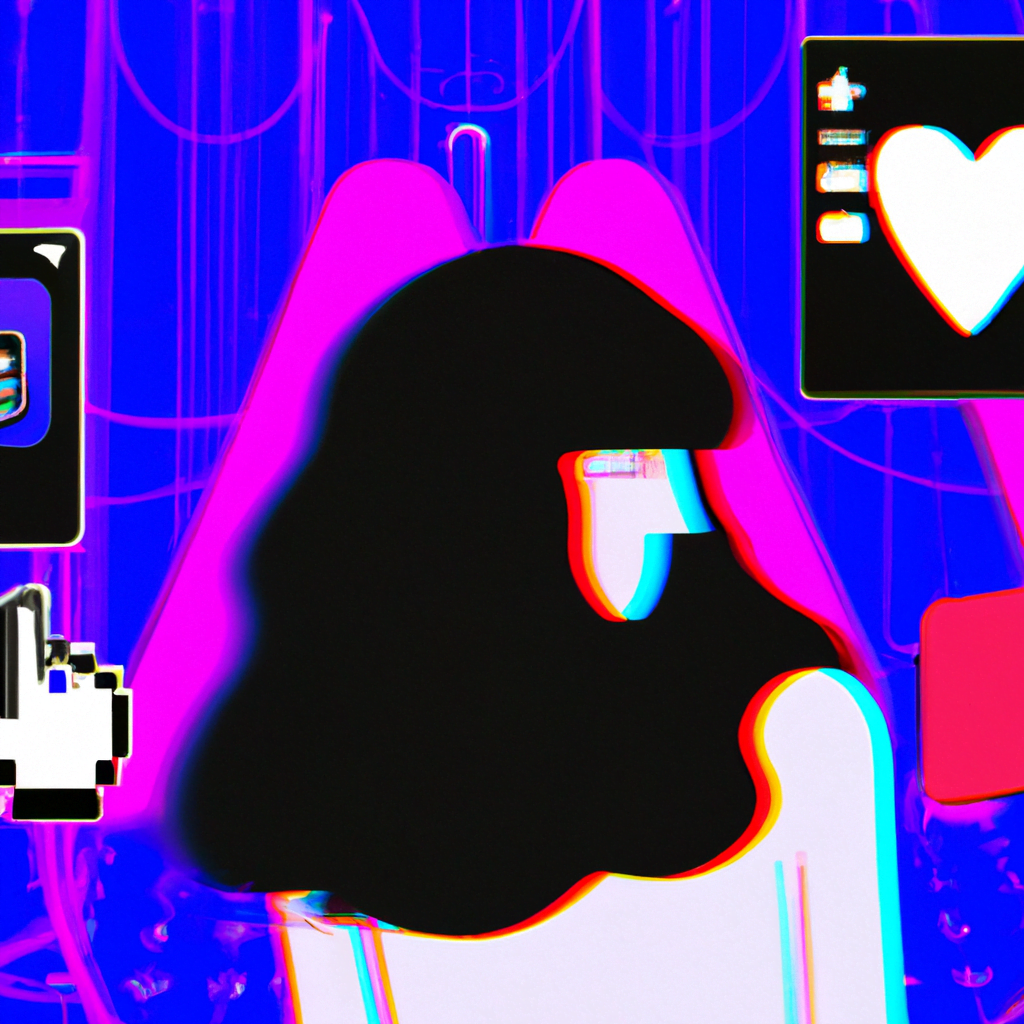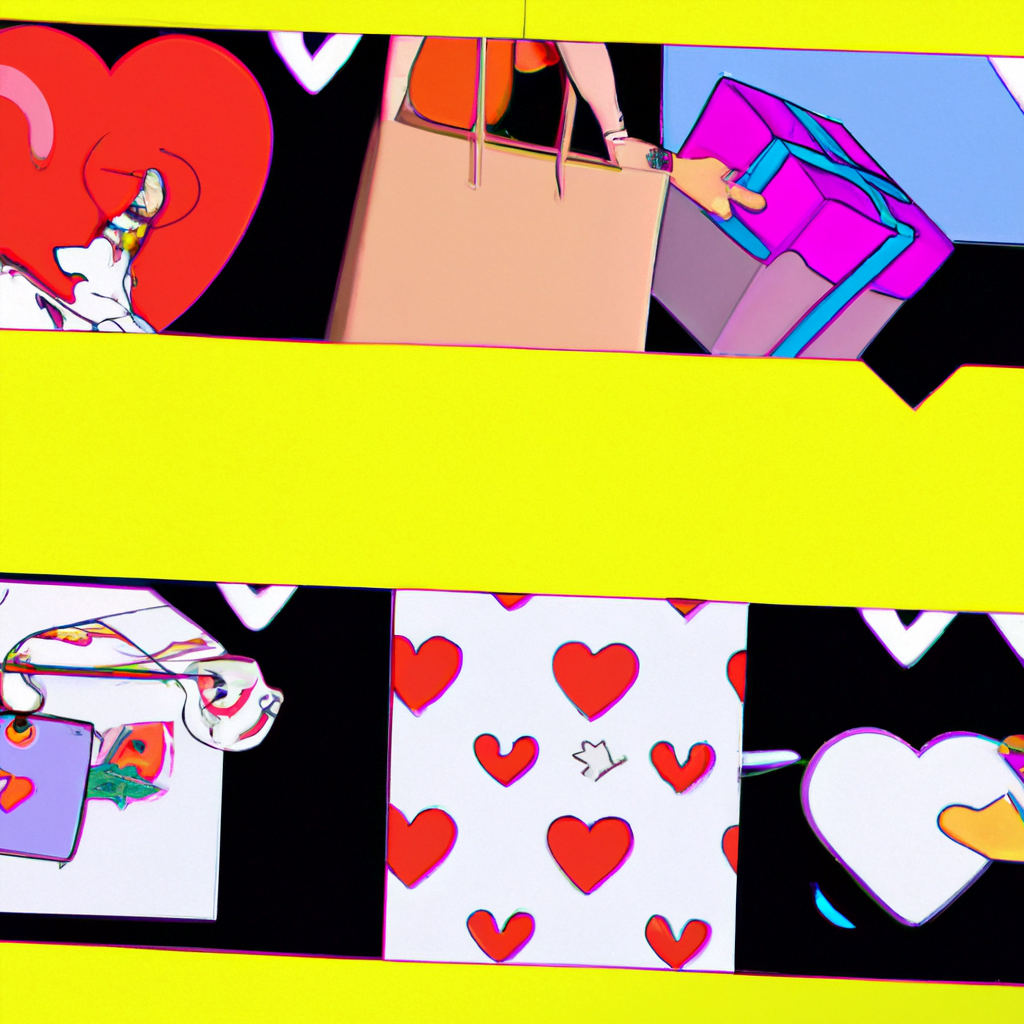
Tips for Creating Illustrations with a Retro Futuristic Vibe

Illustrations with a retro futuristic vibe have gained popularity in recent years, capturing the imagination of designers and artists alike. This unique style combines elements of the past and the future, creating a visually striking and nostalgic aesthetic. Whether you’re a seasoned illustrator or just starting out, this article will provide you with valuable tips and insights on how to create illustrations with a retro futuristic vibe.
1. Understand the Retro Futuristic Aesthetic
Before diving into creating illustrations with a retro futuristic vibe, it’s essential to understand the aesthetic and its defining characteristics. Retro futurism is a visual style that combines elements of the past, particularly the mid-20th century, with futuristic elements. It often draws inspiration from science fiction, space exploration, and the optimism of the post-war era.
Key elements of the retro futuristic aesthetic include:
- Geometric shapes and clean lines
- Bright and bold colors
- Use of metallic textures and gradients
- References to technology and space exploration
- Vintage typography and signage
By understanding these elements, you can effectively incorporate them into your illustrations to achieve a retro futuristic vibe.
2. Research and Gather Inspiration
Research and gathering inspiration are crucial steps in the creative process. Take the time to explore retro futuristic artwork, movies, and design from the past and present. Look for examples that resonate with you and analyze the techniques used to create the desired aesthetic.
Some sources of inspiration for retro futuristic illustrations include:
- Science fiction movies from the 1960s and 1970s, such as “2001: A Space Odyssey” and “Blade Runner”
- Album covers from the 1970s and 1980s
- Vintage advertisements and posters
- Artwork from retro video games
By immersing yourself in these references, you’ll gain a deeper understanding of the retro futuristic aesthetic and find inspiration for your own illustrations.
3. Experiment with Color Palettes
Color plays a crucial role in creating a retro futuristic vibe. Bold and vibrant colors are often used to evoke a sense of optimism and futurism. Experiment with different color palettes to find the right balance between retro and futuristic.
Consider using colors such as:
- Electric blues and purples
- Vibrant oranges and yellows
- Metallic silver and gold
Combine these colors with contrasting shades to create depth and visual interest in your illustrations. Don’t be afraid to push the boundaries and experiment with unconventional color combinations.
4. Incorporate Retro and Futuristic Elements
To achieve a retro futuristic vibe, it’s important to incorporate both retro and futuristic elements into your illustrations. This combination creates a visually striking contrast that defines the aesthetic.
Some retro elements you can incorporate include:
- Vintage typography and signage
- Old-school technology, such as retro computers or cassette tapes
- References to mid-century design, such as Eames chairs or retro appliances
On the other hand, futuristic elements can include:
- Spaceships and rockets
- Robots and cyborgs
- Advanced technology, such as holograms or augmented reality
By combining these elements thoughtfully, you can create illustrations that capture the essence of retro futurism.
5. Experiment with Textures and Gradients
Textures and gradients can add depth and dimension to your illustrations, enhancing the retro futuristic vibe. Experiment with different textures, such as metallic or glitch effects, to create visual interest.
Gradients are another powerful tool to incorporate into your illustrations. They can evoke a sense of depth and futuristic lighting. Consider using gradients to create a sense of atmosphere or to highlight specific elements in your artwork.
6. Pay Attention to Composition and Perspective
Composition and perspective are essential elements in creating visually appealing illustrations. Pay attention to the placement of objects, the balance of elements, and the overall flow of your composition.
Experiment with different perspectives to add dynamism to your illustrations. Consider using diagonal lines or extreme foreshortening to create a sense of movement and depth.
7. Use Retro Futuristic Typography
Typography is a powerful tool in creating a retro futuristic vibe. Choose fonts that evoke a sense of nostalgia while still feeling modern and futuristic.
Some popular retro futuristic fonts include:
- Futura
- Akzidenz-Grotesk
- Neon
- Roboto
Experiment with different fonts and typography treatments to find the right balance between retro and futuristic.
8. Embrace Imperfections and Glitches
Retro futuristic illustrations often embrace imperfections and glitches to create a sense of nostalgia and authenticity. Don’t be afraid to introduce subtle imperfections, such as grain or noise, into your artwork.
Glitch effects can also add a futuristic touch to your illustrations. Experiment with digital glitches or pixelation to create a sense of technological disruption.
Summary
Creating illustrations with a retro futuristic vibe requires a deep understanding of the aesthetic and its defining characteristics. By researching and gathering inspiration, experimenting with color palettes, incorporating retro and futuristic elements, and paying attention to composition and typography, you can create visually striking illustrations that capture the essence of retro futurism.
Remember to embrace imperfections and glitches to add a sense of nostalgia and authenticity to your artwork. With these tips and insights, you’ll be well-equipped to create illustrations with a retro futuristic vibe that captivate and inspire.
